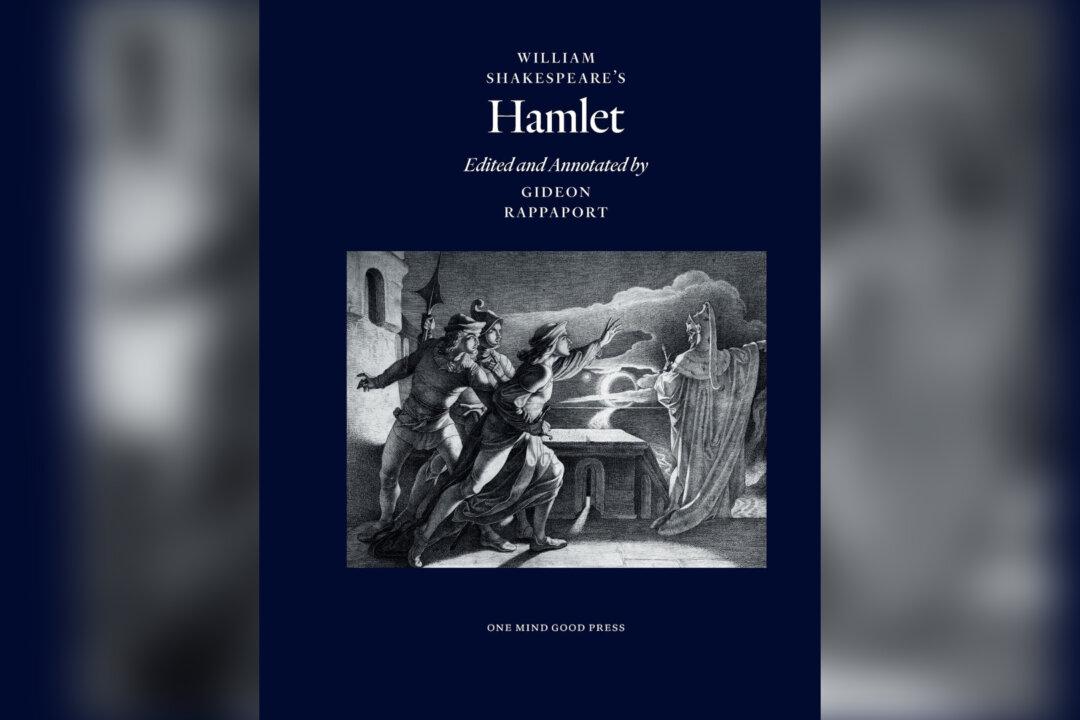Gideon Rappaport is on a mission to save a 400 year-old masterpiece.
Why release yet another annotated edition of Shakespeare’s “Hamlet,” as Shakespeare expert Mr. Rappaport did last month? The answer, as he explains in the preface of “ that “too many interpreters in modern times have missed the mark by substituting their own ideas for the meaning that Shakespeare has actually given us.”






